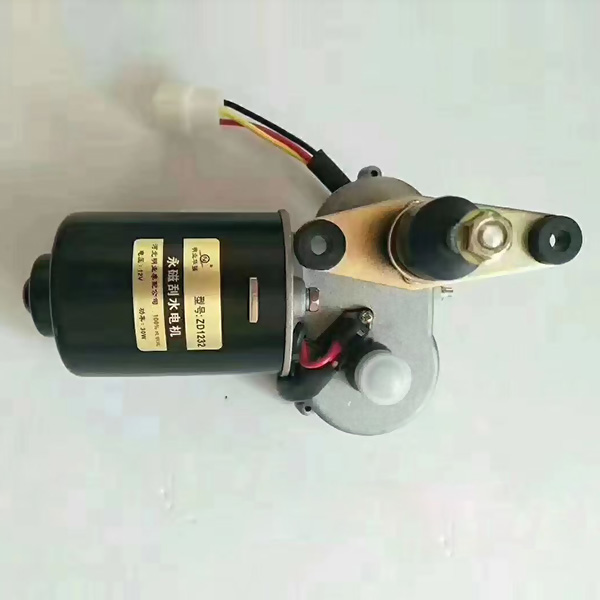
Three-wire return motor
The three-wire return motor is an essential component in many systems that require precise control and feedback.Its design offers versatility and reliability for various applications,making it a valuable choice for both simple and complex motor control ne
A three-wire return motor is a type of electric motor designed with a three-wire configuration to allow for precise control over the motor's direction and speed. These motors are widely used in automotive, industrial machinery, and HVAC systems, where accurate control and feedback are necessary to optimize performance.
Key Features:
Three-Wire Configuration:
Power Wires: Two of the wires supply power to the motor—one for the positive connection and one for the negative connection.
Return Wire: The third wire serves as the return path or can be used for feedback control, which plays a vital role in the motor's operation, especially for monitoring performance and adjusting controls.
Operation:
Direction Control: The three-wire setup enables control of the motor's direction by switching the polarity of the power supply, allowing the motor to rotate in different directions.
Speed Control: In some systems, the return wire helps with speed regulation through external control mechanisms, enabling precise motor performance.
Design:
Versatility: These motors are designed for a wide variety of applications, from simple on/off control to more complex systems that require precise speed and direction adjustments.
Durability: Engineered to endure the operational stresses of continuous or intermittent use in demanding environments.
Feedback Mechanism:
Feedback Control: The return wire provides a feedback loop to the control system, allowing for monitoring of motor performance and making it easier to ensure accurate operation.
Applications:
Automotive: Commonly used in vehicle systems that require controlled movement, such as windshield wipers, power seats, and window controls, where precise direction and speed are critical.
Industrial Machinery: Employed in machines that require accurate speed and direction control, such as conveyors or actuators, to enhance productivity and operational precision.
HVAC Systems: Used to control fans and other components, ensuring the system operates efficiently by adjusting airflow and temperature with precision.
Advantages:
Precise Control: Allows for highly accurate management of both the motor's speed and direction, improving overall system performance.
Feedback Integration: The return wire enables feedback mechanisms, helping control systems monitor the motor’s performance and adjust for optimal operation.
Flexibility: Suitable for a wide range of applications, from basic motor control to more complex systems requiring real-time monitoring and feedback.
Installation and Maintenance:
Installation:
Follow the specific wiring diagram provided by the manufacturer to correctly install the motor. Make sure all power and return wires are properly connected to avoid performance issues.
Maintenance:
Regularly inspect the wiring and connections for signs of wear or damage.
Ensure the motor operates smoothly, and that feedback mechanisms (if applicable) are properly calibrated and functional.
Safety Considerations:
Electrical Safety: Properly handle wiring connections to avoid short circuits or other electrical hazards. Ensure the motor is well-insulated and protected from external factors like moisture or debris.
Operational Safety: Frequently monitor the motor for any unusual noises, vibrations, or performance issues that could indicate a malfunction.






